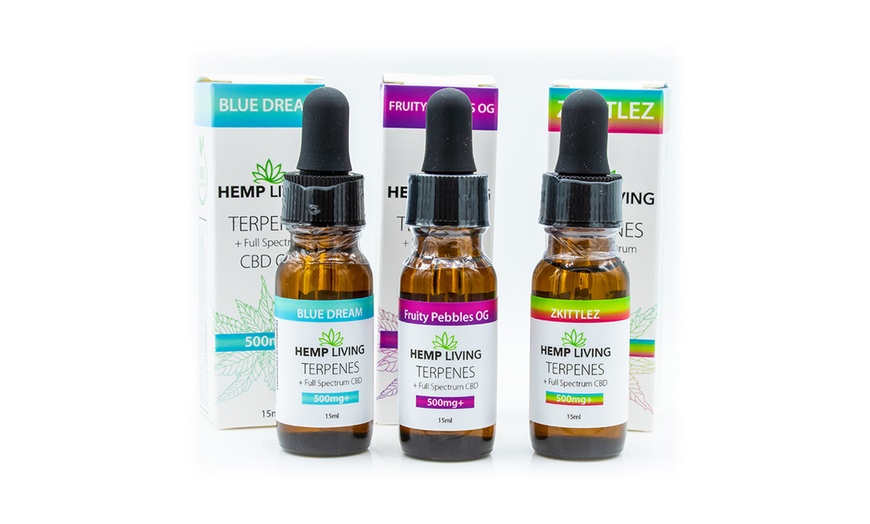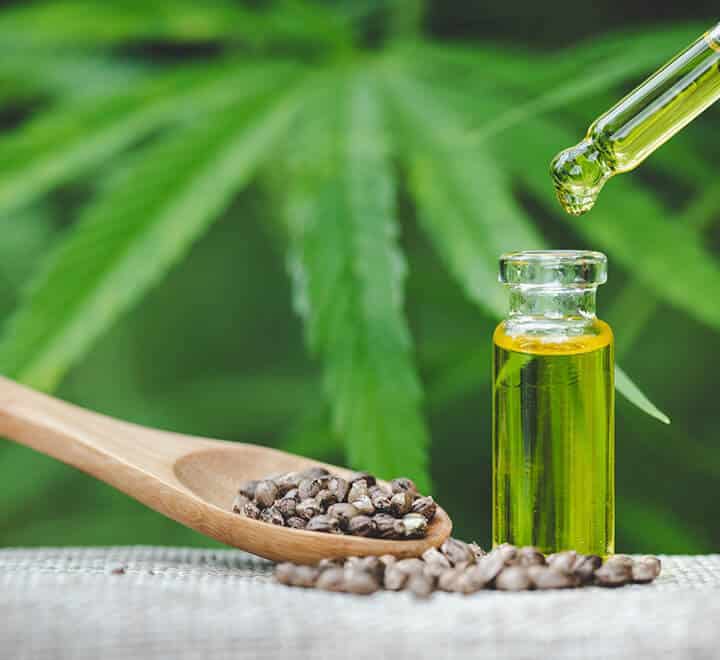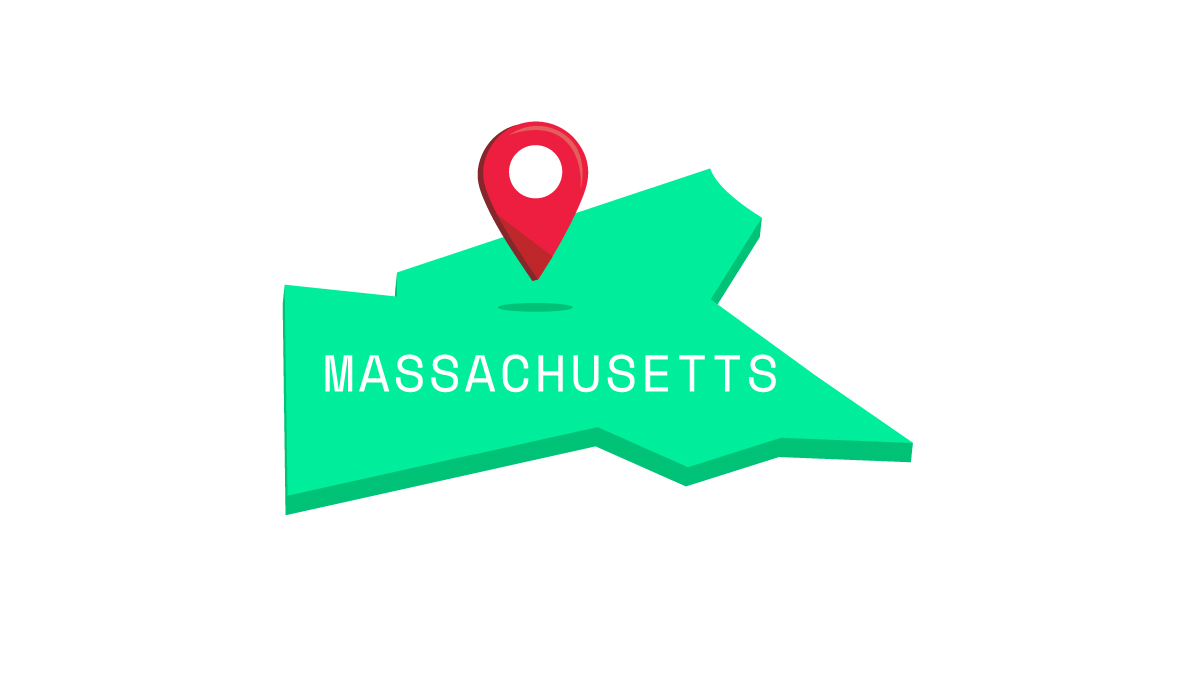
The internet is abuzz with a new movement in sobriety. People who are in recovery from drug and alcohol addictions, as well those who have made the decision to cut back or quit altogether, are reclaiming identity and their relationship to alcohol.
This sober trend is called "sober curios" or, to abbreviate, "sober adventurers". It defies the belief that drinking is fashionable and necessary to feel happy and sexy. It's a response to a culture that worships alcohol and its role in social status, fame, and wealth.
A growing number of sober curious bars are popping up in trendy urban areas. The idea is to give alcoholic beverage-less consumers a social space where they can connect with other people who are making similar decisions. It's a way of avoiding the judgemental glances and "what do ya mean you don’t drink?" These questions can be lingering at a bar, after-work cocktail party or on the phone.
These bars, which range from upscale to cheap, don't just serve non-alcoholic drinks; they also offer other services like massages, meditation, yoga, and even acupuncture. The aim is to help people recover their health and happiness.

The number of bars offering alcohol-free beverages is increasing year by year. Some bars even sell non-alcoholic beer or wine.
These bars are gaining popularity, especially among young adults. Gen Zers and Millennials are particularly interested, and less likely to binge.
While this movement is still very small, it will not disappear soon. It could even grow as a new generation learns more about the harmful effects of drinking on their bodies and lives.
5 Tips for Staying Sober: Getting Sober
Seeking professional help is one of your most important steps on the road to sobriety. A therapist can help with identifying triggers, stress management, and strategies to avoid relapse. A therapist can also help you deal with any co-occurring mental health conditions that may be contributing to your alcohol or drug use disorder.
You should also reward yourself for your efforts in recovery. Recognizing and celebrating your accomplishments can be extremely motivating, no matter how simple it may seem.

It's a great idea to seek out support from other people in recovery. It's a good idea to seek support from someone close, such as a friend or family member who has successfully overcome a substance abuse disorder. They will be able to share their stories and support you in your journey to sobriety.
Another thing to consider is a 12-step program. Many people find them useful, but they are not always long-lasting and cannot eliminate all risk factors for relapse.
FAQ
Which conditions can CBD be used to treat?
For any treatment to be effective, the most important factor is the patient's health. A doctor must prescribe cannabis oil to be used as medicine. It is also illegal to use cannabis products if you do not have a prescription from a medical professional.
You don't need a prescription if you use cannabis oil to support a healthy lifestyle. To make sure that the oil is safe, it's a good idea to consult your doctor.
The cannabis oil can be made from whole plant extracts (THC and CBN), or it can be isolated compounds called marijuanaoids (CBN and CBN). They are rich in cannabinoids (CBD), tetrahydrocannabinol(THC) and cannabinols (CBN).
These compounds interact with receptors throughout the body to produce effects such as pain relief, stress reduction and anti-inflammatory, antioxidant, and other properties.
Is CBD growing?
Yes. And that growth is expected not to stop as legalization continues across North America. Canada is the only country that has legalized recreational use of cannabis. Many states have also passed medical marijuana laws.
This trend is expected to continue for at most another decade, as more states pass legislation that allows access to medical marijuana.
It is also economically sensible to legalize marijuana. As well as providing a lucrative alternative market for farmers, there are many other benefits to legalizing pot.
It could reduce crime rates, by decreasing illegal drug availability. It could also generate tax revenue for the government.
As legal marijuana is more popular, people may be less likely to smoke. This would result in fewer hangovers, and lower healthcare costs.
Chronic pain sufferers may find that marijuana can actually improve their quality of life. Many people believe that THC, the active ingredient in marijuana can relieve nausea and muscle spasms caused by chemotherapy.
A lot of people believe that marijuana is a good option for treating anxiety and depression. Some studies even suggest that marijuana may be able to treat schizophrenia.
The future is bright for CBD, but there are still many challenges ahead.
How does the price of CBD vary across different states?
Prices for CBD products vary widely depending on where you live. The prices of CBD products can vary more than tenfold depending on where they are located.
The general rule of thumb is that prices rise the farther north you travel. In Alaska, CBD is $35 per gram on average, while it costs $200 in Hawaii.
This trend is continuing across the country. Prices range from $5 to over $2,500 per gram.
This is why?
Variable levels of regulation can explain why prices differ so greatly. Some states require that all CBD products contain very little THC (the psychoactive component of marijuana). Some states don't care how much THC is present.
This is why some companies decide to sell products in one country and then send them to another.
Which states are the biggest consumers of CBD?
The top three states are California, Colorado, and Oregon. These states have large numbers, high incomes, and low rates of unemployment. They also have higher levels of hemp farming than other states.
California leads the way because its economy is heavily based on agriculture. It produces the majority of the nation’s fruits and veggies. This makes sense because cannabis is extracted from the same plants as hemp.
Oregon and Colorado are close behind, as they both grow marijuana for medical purposes. These two states, however, do not permit the recreational use of marijuana, as California does.
Other states that rank high include Washington, New York. Florida, Illinois. Pennsylvania. Mississippi.
Does CBD help with anxiety?
CBD oil has the ability to alleviate anxiety by interfacing with certain receptors within the brain, CB1 and CB2. The endocannabinoid process regulates stress responses and mood.
When we feel anxious, our bodies release chemicals that activate the CB1 receptor. When activated, this receptor sends signals to the amygdala, which is responsible for emotional processing.
When the CB1 receptor is blocked, the amygdala doesn't receive the signal to process emotions. As a result, people who take CBD experience fewer negative feelings.
A 2017 study revealed that CBD lowers anxiety in patients suffering from social phobia. Another study confirmed that CBD can reduce symptoms associated with PTSD.
A 2018 study concluded that CBD can be used to treat anxiety disorders and anxiolytic effects.
Another study concluded that CBD may help with panic attacks.
However, numerous studies have shown CBD to increase anxiety levels in mice.
Researchers believe this discrepancy in animal data and human data could be due to differences between humans and dogs' responses to CBD.
CBD has not been shown to be safe long-term. However, most experts agree that CBD is safe when used as directed.
How can CBD products be successfully promoted by companies in a regulatory-compliant way?
The FDA does no regulate hemp as a crop commodity. The Controlled Substances Act governs all other cannabis derivatives, such as marijuana. CBD has yet to be subject to specific regulations.
CBD is legal at state level in 29 US states. Federal law considers it illegal. Businesses looking to sell CBD products are left in uncertainty.
The FDA also has guidelines for how CBD products should be advertised. For example, they must clearly disclose any product's THC content. Without supporting scientific evidence, CBD cannot be claimed to treat certain medical conditions.
In addition, the FDA requires manufacturers to submit detailed information regarding manufacturing practices and quality control measures. Companies are also required to participate in clinical trials in order to demonstrate safety and efficacy.
These factors are crucial for companies to consider when developing their marketing strategies.
What are the most popular CBD brands?
We've handpicked these top five CBD brands based on quality, reliability, and value.
They provide high-quality CBD oils that have less than 0.2% THC.
We recommend you also check out our top CBD sellers worldwide.
Statistics
- The inhibition of FAAH is predicted to lead to an increase in brain and plasma concentrations of AEA, which acts as a partial agonist at CB1R and CB2R, thereby increasing endocannabinoid tone [92, 110]. (ncbi.nlm.nih.gov)
- however, one study also found that these effects were virtually abolished when the original media (a nutrient broth agar) was replaced with one containing 5% blood (increasing the minimum concentration to ~160 μM CBD) [179]. (ncbi.nlm.nih.gov)
- HR −16 mmHg; 95% CI −26, −6; I2 = 92%) (ncbi.nlm.nih.gov)
- As a substance that was federally illegal before the passage of the 2018 Farm Bill, hemp-derived cannabinoids with no more than 0.3% THC still face a regulatory grey area. (forbes.com)
- CBD seems unlikely to directly influence sleep in healthy humans [115] (and maybe “sleep-promoting” in those with certain comorbid conditions) (ncbi.nlm.nih.gov)
External Links
How To
What are the issues that the CBD industry faces?
The current market for CBD products is growing at an incredible rate. However, this market is still full of challenges for businesses that want to expand. These include low consumer awareness, high entry costs, limited capital access, regulatory uncertainty, and lack of consumer awareness.
Many consumers do not know what CBD is or how it works. This means they are not able to make informed choices about whether or no to purchase CBD products.
CBD companies are heavily dependent on word-of–mouth marketing. This is costly, as it requires advertising and the hiring of staff to promote their brand.
The high production costs are another issue that new entrants to the CBD industry face. CBD products can be very costly because of the cost of the raw materials. CBD oil can only then be produced if the hemp has been grown in a specific environment.
Grow enough hemp to produce CBD oil requires approximately $1,000 per annum. Many small farmers can't afford to begin.
Access to capital is another challenge for new entrants in the CBD market. Because of the stigma associated with this industry, many people are discouraged from opening a business.
The sale of CBD products is still subject to regulatory uncertainty. There are no established guidelines regarding the marketing of CBD products.
Although some states have passed legislation restricting CBD product sales, this has not become a national policy.
Only two states, Nevada and Maine, have yet to legalize recreational marijuana.
Massachusetts and Michigan are however considering similar measures.
These changes could cause increased competition among CBD manufacturers.
Many entrepreneurs prefer to work at home over starting a business.